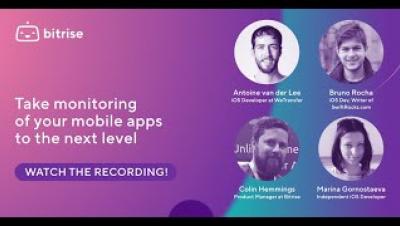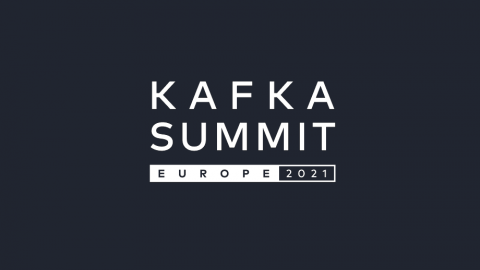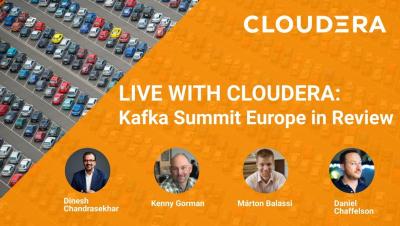Key considerations when making a decision on a Cloud Data Warehouse
Making a decision on a cloud data warehouse is a big deal. Beyond there being a number of choices each with very different strengths, the parameters for your decision have also changed. Modernizing your data warehousing experience with the cloud means moving from dedicated, on-premises hardware focused on traditional relational analytics on structured data to a modern platform.











